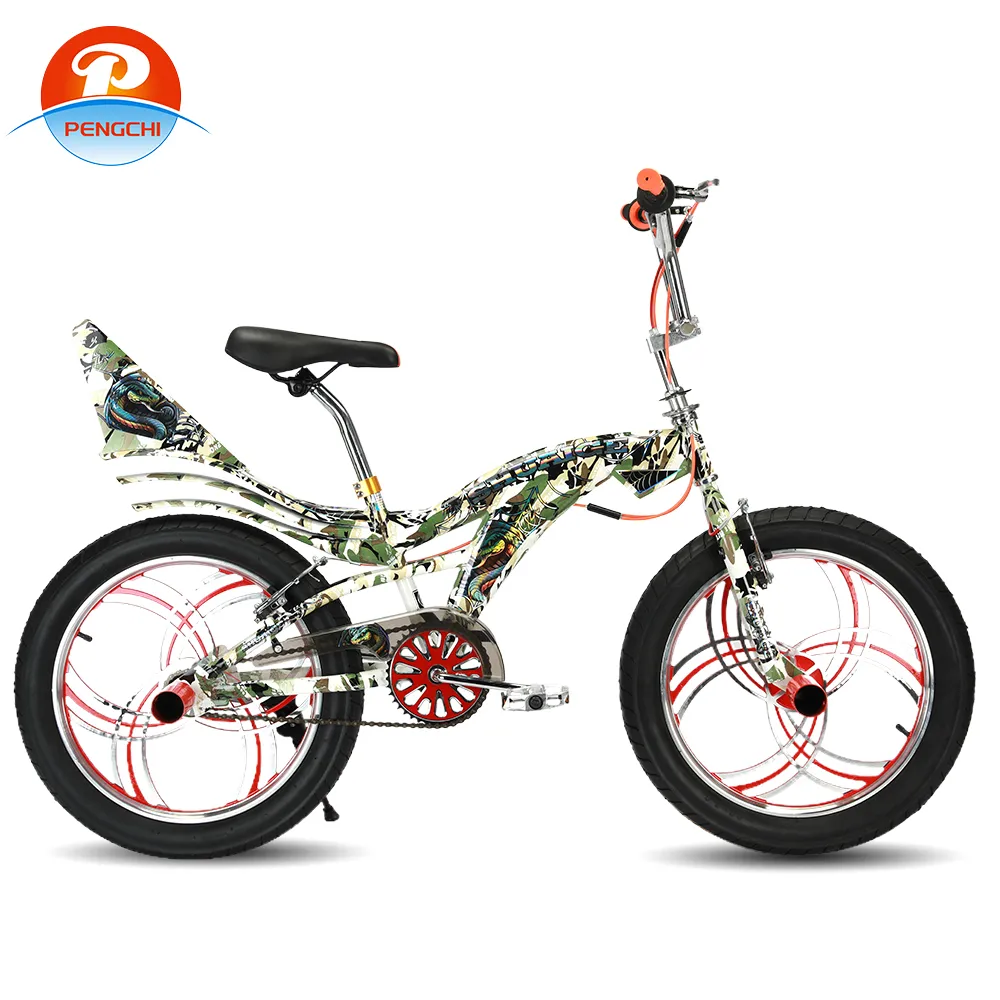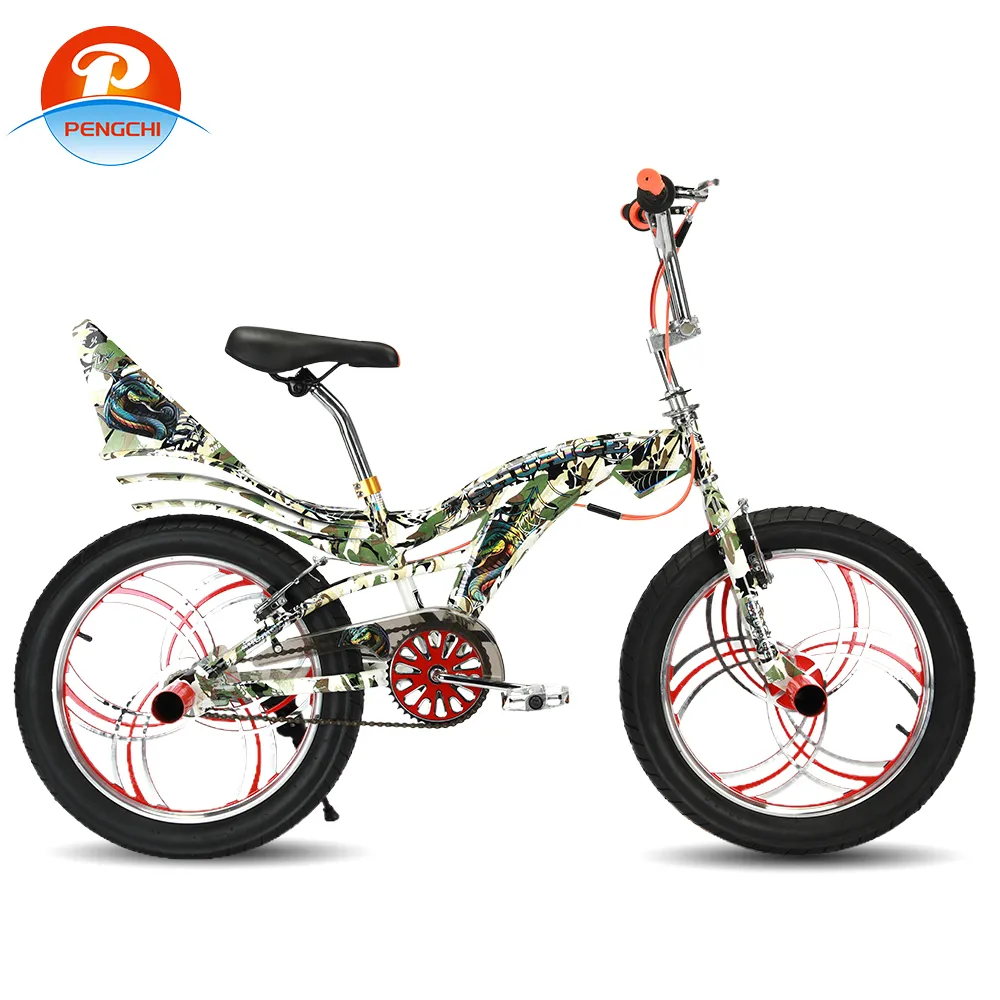1 月 . 06, 2025 19:43 Back to list
BMX Bike Buying Guide Expert Tips & Trusted Brands
BMX biking has evolved from a simple pastime to a thrilling sport that captivates enthusiasts worldwide. Choosing the right BMX bike can elevate the experience, whether you're a beginner or a professional. Here's an expert look into selecting the ideal BMX bike, bolstered by authentic experience and professional insights that ensure reliability and trust.

The journey to selecting the perfect BMX bike starts with understanding the type of riding you aim to pursue. BMX bikes are typically categorized into three main types Park, Street, and Dirt. Each type has distinct features tailored to specific terrains and riding styles. Park bikes are often lighter and designed for ramps and skate parks, equipped with lower handlebars for optimal control during tricks. Street BMX bikes are more robust, engineered to endure the rigors of urban environments. They're often fitted with sturdier frames and thicker tires. Dirt BMX bikes, on the other hand, come with knobbier tires to handle off-road tracks, offering better grip and balance on loose surfaces.
Frame material plays a crucial role in the performance and durability of a BMX bike. Chromoly steel frames are favored by many due to their excellent strength-to-weight ratio, ideal for advanced riders. Conversely, high tensile steel is typically found in beginner models; while heavier, these frames are reliable for basic stunts and short rides. For those looking for a more premium experience, aluminum frames offer remarkable lightweight durability, though they're less forgiving under extreme impact compared to steel.

Choosing the correct frame size is vital for comfort and control. BMX bikes come in various sizes, usually determined by the top tube length. Beginners or younger riders might find a 20-inch frame most suitable, while taller or more experienced riders could benefit from frames measuring 20.75 inches or more. A well-suited frame ensures better maneuverability and less strain on the body during extended rides.
bmx bike
When it comes to components, the drivetrain and brake system of a BMX bike are pivotal. A reliable single-speed drivetrain is the standard for BMX bikes, allowing riders to maintain focus on stunts and tricks without the distraction of multiple gears. Additionally, the type of brakes on a BMX bike affects safety and performance. U-brakes are common for their simplicity and efficiency, though some freestyle riders prefer brakeless bikes for a cleaner look.
Tires and wheels contribute significantly to a BMX bike's performance. Wider tires provide better stability and grip, an advantage for both street and dirt biking. The wheels themselves should be sturdy and lightweight, often featuring a double-walled rim to provide extra strength during landings.
Trustworthy brands such as Mongoose, Haro, and GT have consistently delivered quality BMX bikes that riders can rely on. These brands invest in research and development to continuously enhance their bikes, ensuring riders have access to cutting-edge technology and design.
In summary, selecting the right BMX bike involves a blend of personal preference and expert recommendations. Riders should carefully evaluate the type, frame material, size, and components of a bike to match their specific needs and skill level. By considering these factors, you can ensure a thrilling and safe BMX biking experience that will grow with your skills.
-
Toy Car with Parental Remote - Safe Electric Ride-On Car with Parental Control
NewsJun.10,2025
-
Cheap Bikes for Students - Affordable & Durable Student Bicycles Online
NewsJun.10,2025
-
Children Balance Bike Lightweight & Adjustable OEM Designs
NewsMay.30,2025
-
Junior BMX Race Bikes Lightweight, Durable & Speed-Optimized
NewsMay.30,2025
-
21-Speed Foldable Gear Cycle Compact & Portable Commuter Bike
NewsMay.30,2025
-
Affordable & Durable Bikes for Students Campus Commutes Made Easy
NewsMay.29,2025



